Milkfish sea cage farming
Bangus or milkfish is the most popularly cultured fish in the Philippines. It is adaptable, tough, and sturdy, and can survive both seawater and freshwater. It is consumed either fresh or processed because of its distinctive and mild flavor. Filipinos usually cook bangus in soups, fried, grilled, or processed.
Situated in a coastal area, fishers in Baroy mostly engage in bangus culture in ponds and cages.
In cage farming, they use the existing water source which is the open ocean, and confine the fish inside a net. This way, feeding, monitoring, and harvesting will be easier for the fisherfolk.
However, sustaining this kind of livelihood requires big capital – from materials, commercial feeds, and other fishery inputs to guarantee a high production yield.
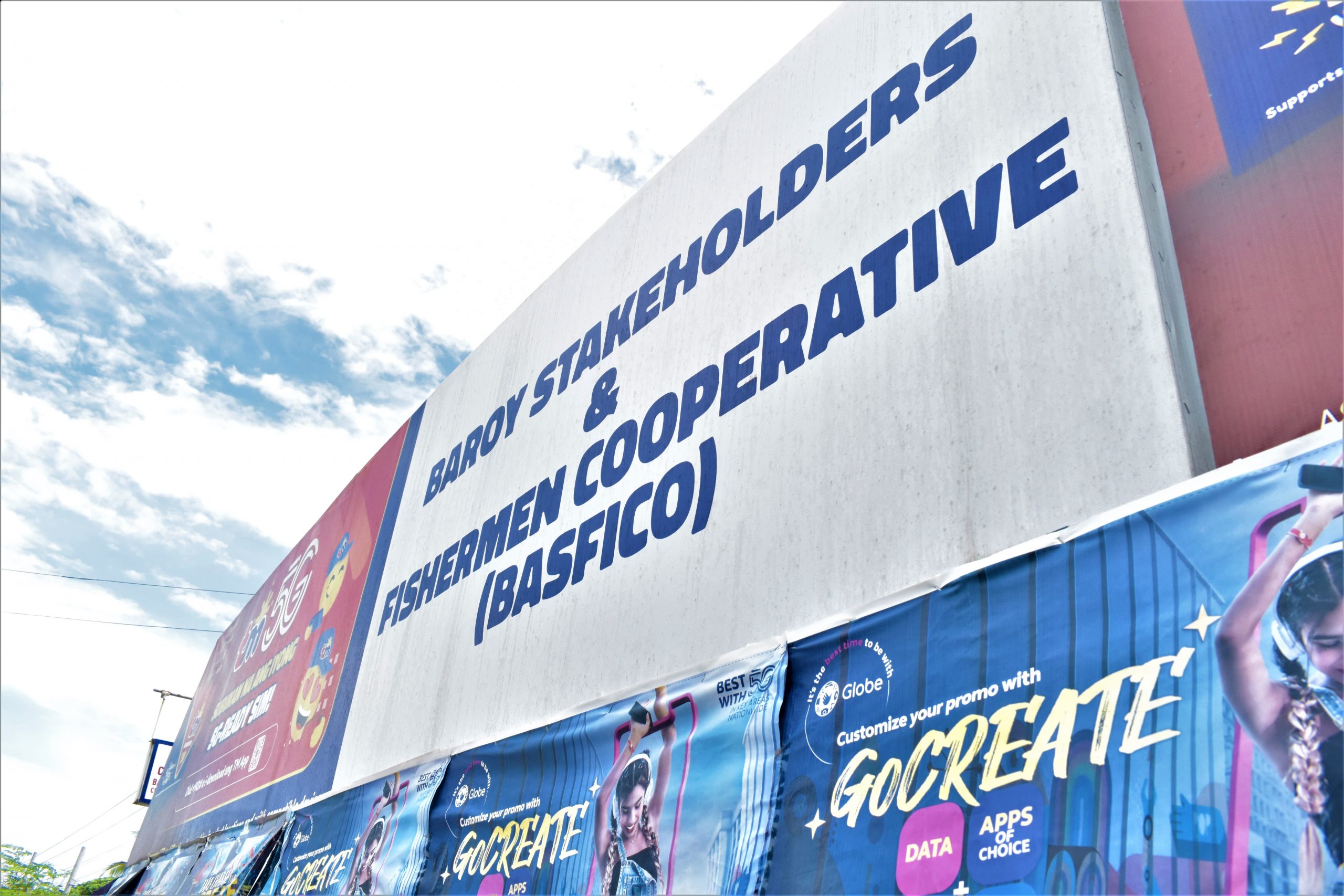
BASFICO started as an association composed of two subgroups from barangays Raw-an Point and Baroy Dako, with 62 total members.
Sources of income for most members are fishing in the open sea and farm laboring. Different fish species captured in Panguil Bay are sold in the market, enabling fishers to meet their most basic needs.
In 2019, the Bureau of Fisheries and Aquatic Resources (BFAR) identified the group as one of the Special Area for Agricultural Development (SAAD) Program’s Milkfish in Pen and Cage Project beneficiaries.
With the value of Php 3,387,424, the said project includes fishery inputs such as pen and cage materials (good for two units), fingerlings, feeds, and training on milkfish production.Milkfish in pen and cage operation
The members put up a 600sqm fish pen at an area having 0.8 to 1-meter depth, good quality of water with optimal salinity of 10 to 30 parts per thousand (ppt), temperature of 20 to 30° Celsius, and water pH value of 7.5 to 8.5.
The operators stock fingerlings at 16 pieces (pcs) per sqm (10,000/pen) twice a year. They maintain proper feeding to meet the nutritional requirements of the fish and facilitate the harvesting after a four to five-month culture period.
In 2019, the group generated Php 731,175 gross income from 5,071kg of fresh bangus sold in the local market at Php 140-150/kg.
To support their bangus project, BFAR-SAAD provided another set of fingerlings and feeds for 2020 production. Aside from that, they also received FRP boat and accessories, freezer, vacuum packer, processing utensils, and training on record-keeping, project management, and postharvest production. All inputs amounted to Php 1,731,240.21.
In 2020, a gross income of Php 996,450 was earned from selling 7,117.5kg of bangus harvest valued at Php 140/kg.
A Php 853,404 project support was still provided to the group in 2021. This includes feeds, fingerlings, mini processing shed, and another round for value-adding products training.
Fish operation in 2021 gathered a Php 1,985,088 revenue from the 14,179.2kg harvest sold at Php 140/kg.
In total, the milkfish growers earned Php 3,712,713 from 2019 to 2021 (Table 1).Table 1. Income from milkfish in cage and pen production
| Year | Total Harvest | Gross Income (Php) |
| 2019 | 5,071 | 731,175.00 |
| 2020 | 7,117.5 | 996,450.00 |
| 2021 | 14,179.20 | 1,985,088.00 |
| Total | 3,712,713.00 |
Association president, Mr. Judy Mendez shared that from their 2021 income, they already set aside for the next cropping expenses since SAAD’s assistance already concluded.
“Sa karon na nga mga cropping namo, pagkawala na sa SAAD nga program, namalit nami og mga private nga fingerlings gikan sa mga savings kay gi-budget man namo ang kinatibuk-an namong kita sa tindahan og sa kining mga fishpen. So amo nang gina-budget siya, kini nga parte para sa as per guidelines sa kooperatiba, atu nang gilahi. Gi-budget pod nato ang unsa gastuon sa mga fishpen sulod sa isa ka-cropping. Unya gi-budgetan pod nato ang tindahan para dili maputol ang operation. Ang sobra mao pod to atung giset-aside as per guidelines sa mga cooperatives. Unya ang sobra ato mao na dayn to atung gipang share sa atung mga miyembro,” said Mr. Mendez.
(This cropping [2022], the SAAD program no longer assisted us, so we already bought fingerlings from private suppliers using our savings from the previous cropping. We took this budget from fish pens and store so that our operations will continue. The remaining amount was set aside per cooperative guidelines and shared with members).
Sharing Policy
Annual net income from the two cropping has a 70:30 allocation ratio. Seventy percent (70%) is equally split among the members and the remaining 30% is for the cooperative’s reserve fund, educational/training, optional fund, and community development fund.
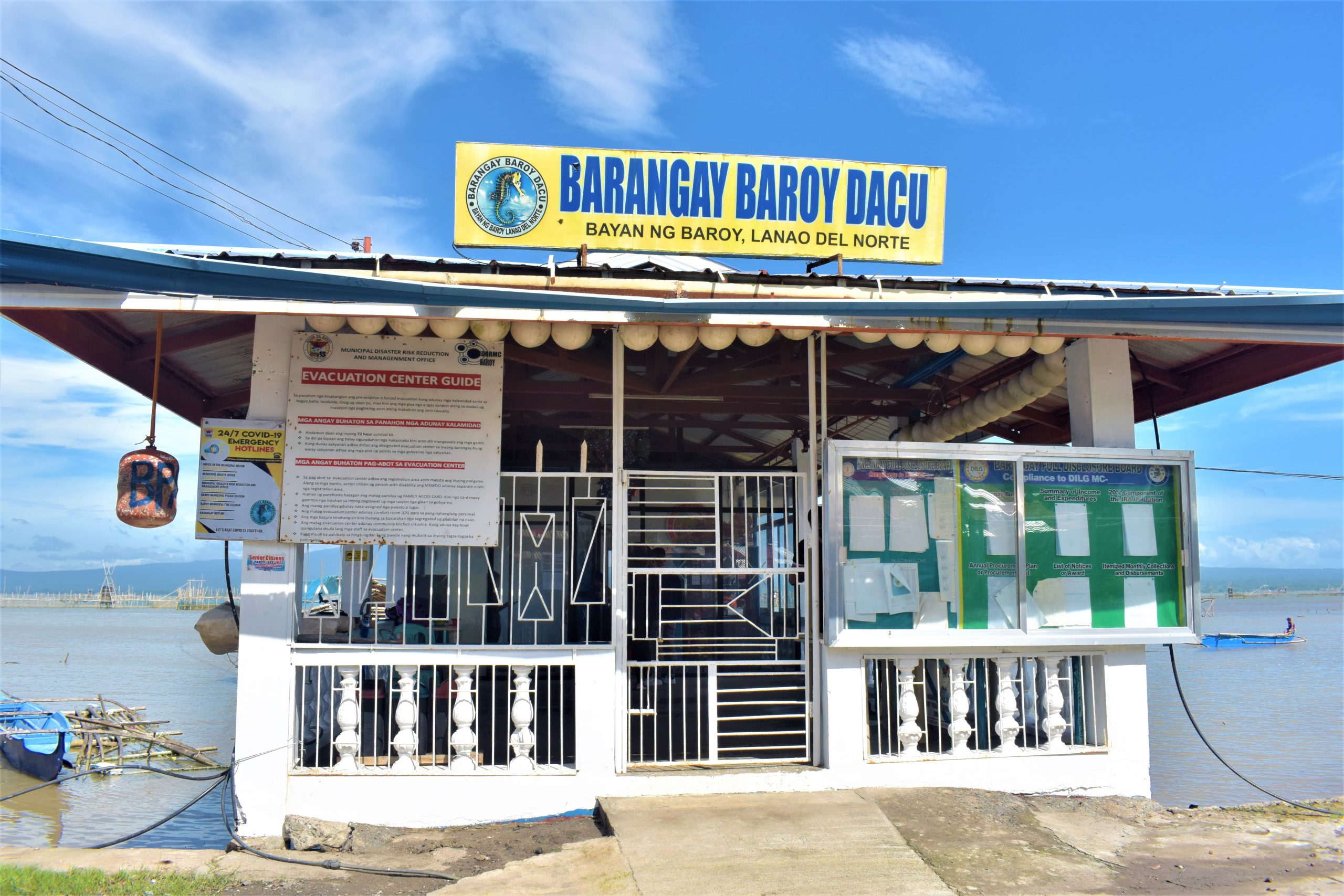
Each official plays an essential role in the daily operations of the production. Since the organization is community-led, they oversee the management of resources be it material, labor, or social to maintain members’ participation. The group also takes financial and inventory records seriously so efficient resource distribution is practiced. They also practice transparency among the members, especially on the financial aspect which helps build confidence and mutual trust.
According to Mr. Melendez, they have not encountered problems during their project implementation. In fact, fresh bangus allowed them to eat nutritious dishes without spending money, especially during the CoViD-19 pandemic.
He added that, “Ang program nga SAAD maayo siya nga program, pero kung makita nato, pipila lang ka-barangays ang recipient sa SAAD nga program. Kung diri lang tan-awn nimo sa Baroy, half lang ang recipient sa program. So katung naa sa ubang barangay nga nagkinahanglan pod sila’g assistance, dapat pod unta to sila mahatagan og assistance. Ang program sad kay pila lang ka-years. Okay man sa amo kay after mawala ang program kay gi-kooperatiba namo para dili mamatay, dili masayang ang effort sa government.”
(SAAD is a good program but its area of coverage is limited, few barangays are recipients. Here in Baroy, only half are recipients, other barangays need assistance too. And the program coverage is only for a few years. It’s okay for us [cooperative] because without the program, we can still continue and sustain the project left to us by the government).
He is hopeful that with the anticipated phase 2 of the program, there will be expansion barangays especially those in coastal areas which need interventions from BFAR-SAAD too.
“Sa SAAD program nagpasalamat gyud mi’g dako kay natagaan mi aning fishpen kay isa pod nga makatabang sa mga tawo nga miyembro, additional income kaayo. Dako gyud kaayo mi’g pasalamat sa BFAR, kay tungod nila dili me mag function nga cooperative karun. Katong geignan gyud mi sa SAAD nga sa pagka-karon within three years ilaha sa gyud ming buy-an pero bisag ilaha ming gibuy-an mangutana gyud gihapon mi kay sila man gyud ang na’ay kahibalo. Ug unsa ang mga problema,” shared Mrs. Roxas.
(We are thankful for the SAAD program because we were provided with the fish pen project which also helped the members to have an additional income. We are also thankful to BFAR because, without them, we cannot function as a cooperative now. When SAAD told us that the assistance will stop in three years, we still consult them whenever we have problems).
From their first two years’ income, they were able to rent out a space for their fishing supplies and paraphernalia store. In fact, Php 700,000 was the calculated profit in 2021. They also received their approved Cooperative Development Authority (CDA) registration on January 18, 2021.
“Nag-start ang atung tindahan 2021 na, after na nga kooperatiba na ta. Kay na kooperatiba ang BASFICO January 18, 2021. So mga May, nag-start name og tindahan, wa pa nag one year ang operations nato. Okay ra man siya (ang dagan sa fishing supplies), kay ang target market nato kay kato raman pong mga producers og bangus. Katung mga nagkuhag fishpen, so didto rapod sila nagakuha og mga gamit pareha anang mga pukot, didto ra sa atung tindahan,” said Mr. Mendez.
(Our store opened in 2021 after we became a cooperative on January 18, 2021. By May, we began operating. Almost a year since our operation, our fishing supplies have had a good return because our target market are local bangus producers. Those who have fish pens buy nets and other materials in our store).
Earlier in 2022, they acquired a land area worth Php 80,000, which will be the site for the mini-processing shed provided by the program. The structure will be used for storage and bangus product preparation.
Further, they plan to build their own store beside the shed to cut off their rental expenses.
The cooperative has also started to roll out its savings by microfinancing. Priority borrowers will be its members at a low-interest rate.
Among the various processed bangus, the most popular deboning process, caught their interest since they already know the tedious process involving the removal by hand of more than 170 inter-muscular bones. From this, the fish can be further processed into various smoked and frozen products to prolong its shelf-life covering a wider market.
Members have also planned to add another fish pen unit to sustain the project while SAAD comes to its end of implementation.
Finally, they are pushing to expand their fishing supplies and paraphernalia store for the benefit of the fishers in the area who used to buy these farming materials from afar like Ozamis, Tangub, and Pagadian at a higher price.
In the long run, they want to be recognized and operate as a multipurpose cooperative. ###
Writer: Jennifer A. Valcobero, SAAD NPMO Public Relation and Comms Officer
Sources of Data and Photos: BFAR 10 and PFO Lanao del Norte


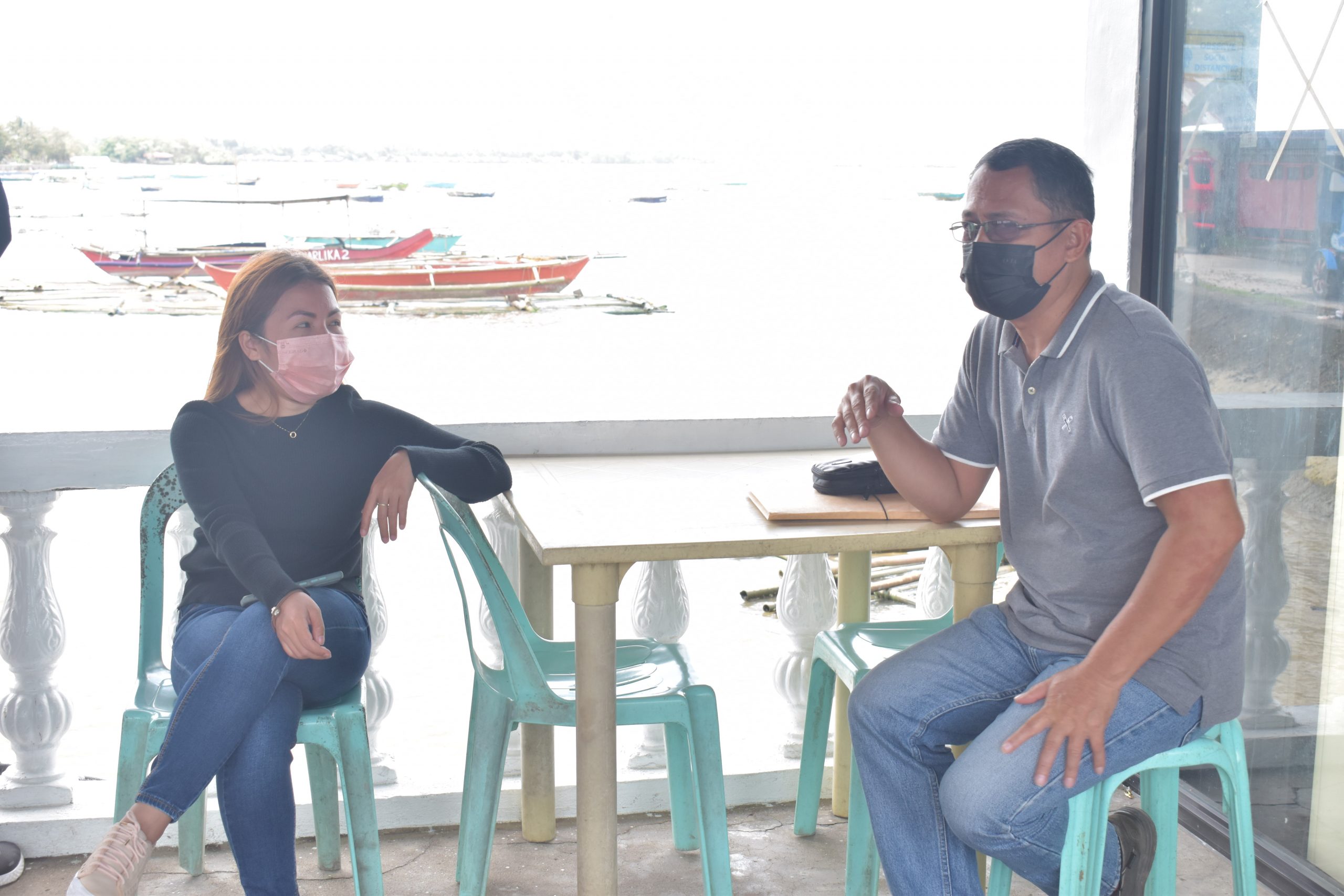
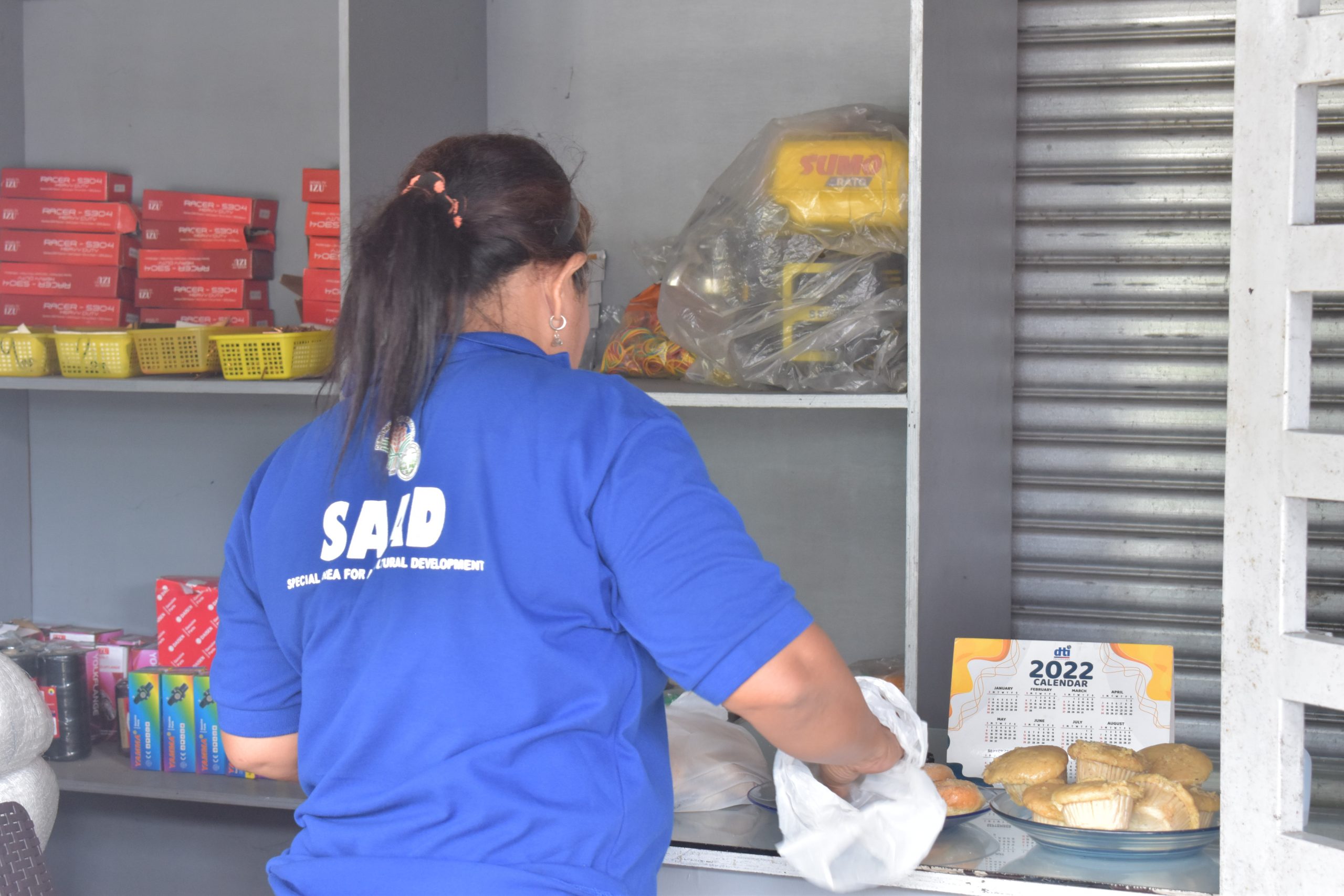
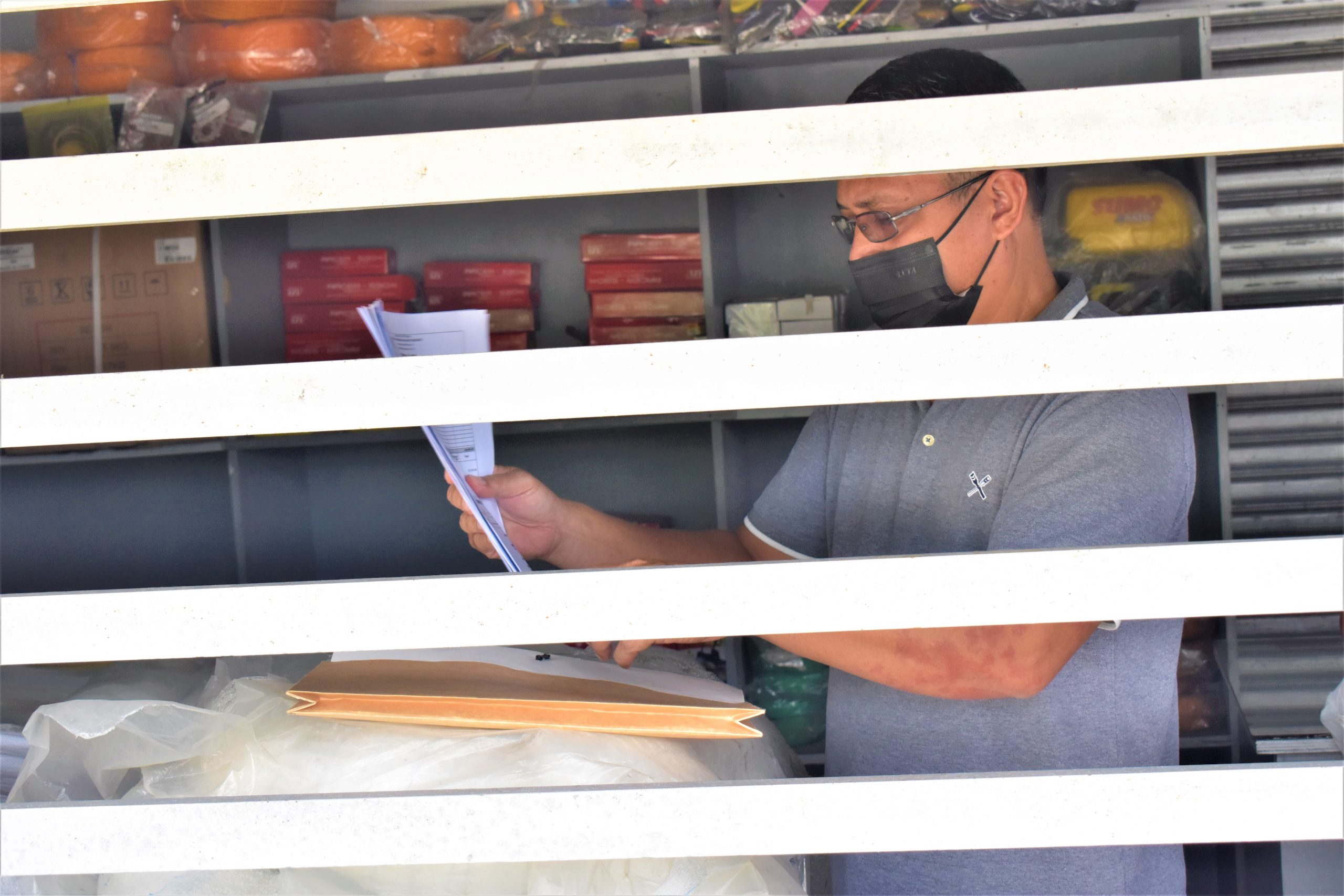
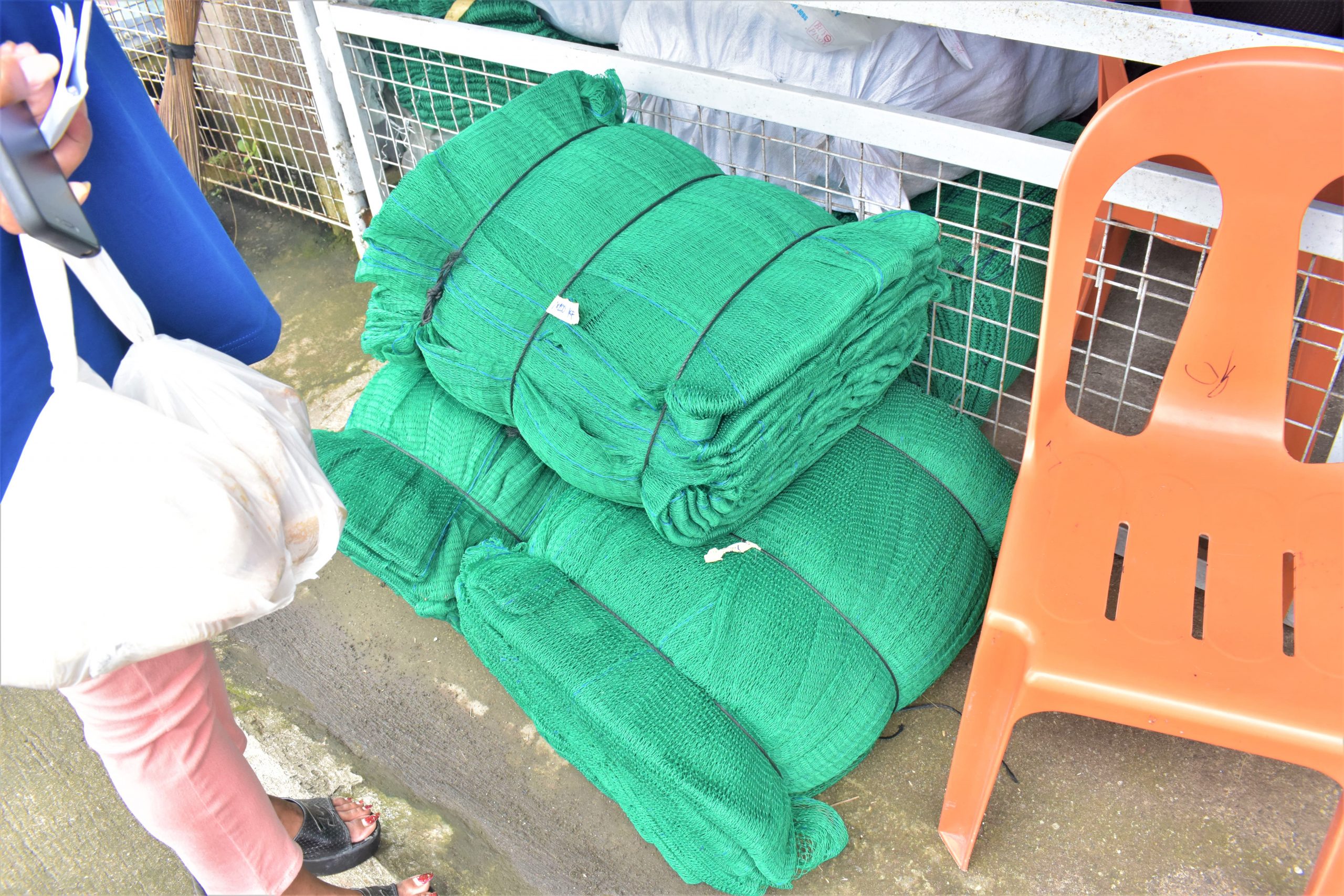
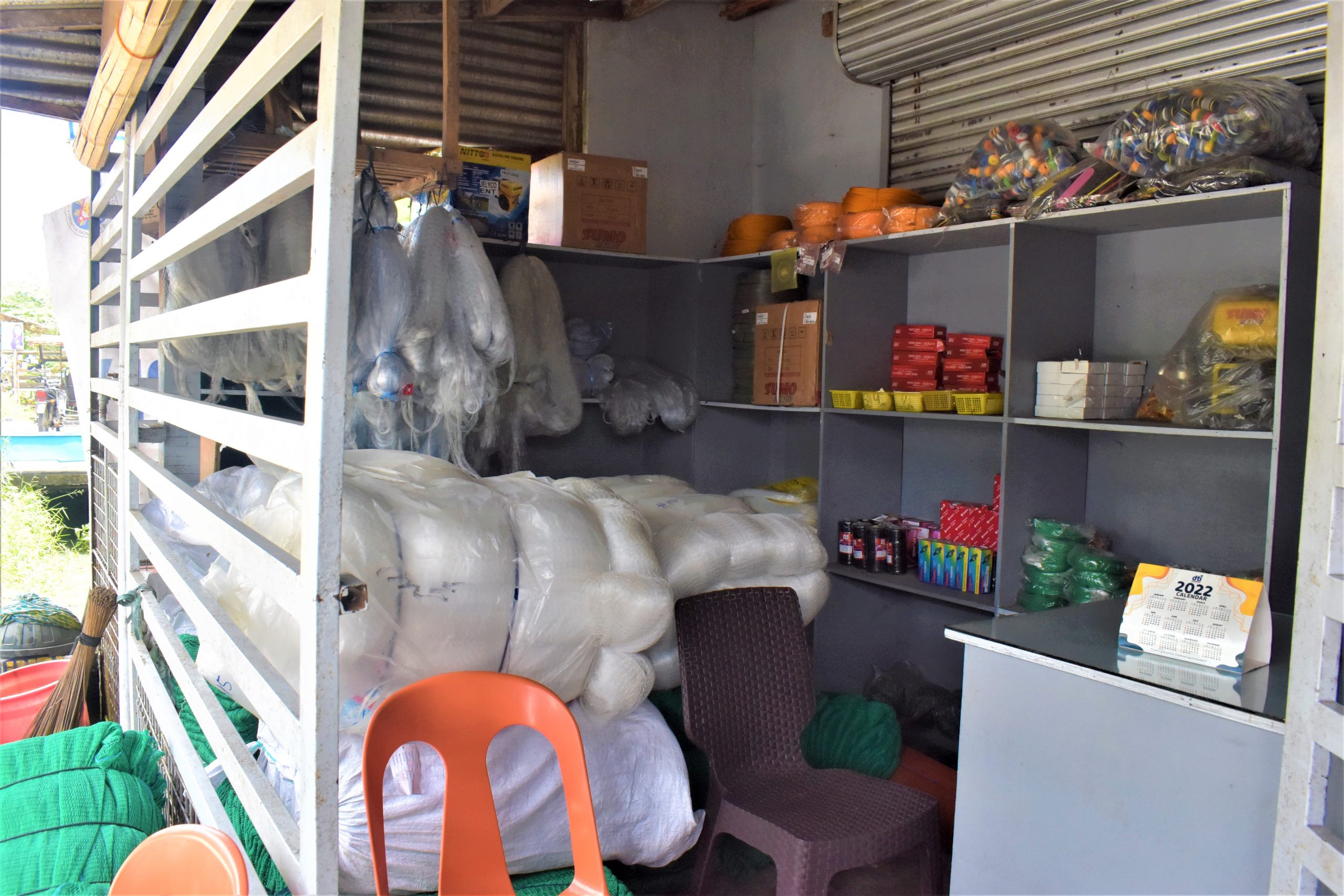
Comments (0)